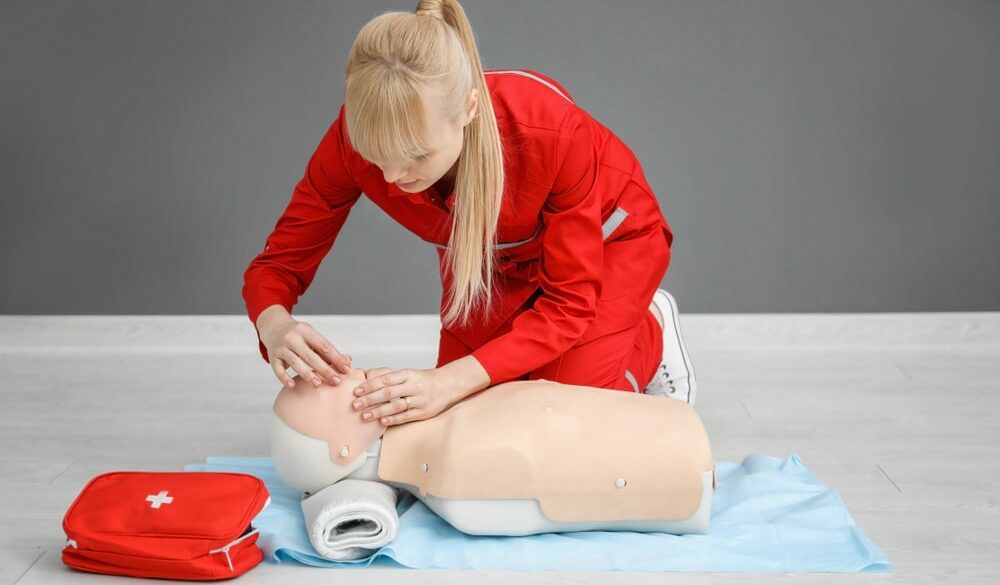Empower Your Workplace: The Essential Guide to First Aid and CPR Training
In today’s fast-paced work environment, being prepared for emergencies is non-negotiable. Understanding the significance of First Aid and CPR training can empower your workforce, enhance workplace safety, and ensure compliance with health regulations. In this guide, we dive deep into the advantages of First Aid certification and the strategies that can protect your employees and your business.
The Value of First Aid Certification for Employers and Employees
Obtaining First Aid certification is not just a matter of legal compliance; it’s a proactive approach to employee safety. Organizations that invest in First Aid & CPR training demonstrate a commitment to their employees' welfare.
- Enhances Employee Preparedness: Trained employees feel more equipped to respond to emergencies, resulting in faster, more effective actions in critical moments.
- Reduces Workplace Injuries: Knowledge of injury prevention strategies decreases the likelihood of accidents and promotes a culture of safety.
- Boosts Employee Confidence: Training fosters self-assurance, enabling employees to act swiftly and correctly in emergencies.
- Improves Morale: A workplace that prioritizes health and safety boosts team spirit and trust.
Critical CPR Techniques Every Workplace Should Implement
Learning CPR can be lifesaving. Here are some critical techniques that every employee should master:
- Pulseless Arrest Recognition: Knowing the signs of cardiac arrest can make all the difference.
- Chest Compressions: Proper technique includes firm and fast compressions to maintain blood flow.
- Rescue Breaths: Understanding how to deliver effective breaths can improve oxygen delivery.
- Using an AED: Familiarity with Automated External Defibrillators enhances response time.
Navigating Workplace Health and Safety Regulations
Compliance with health and safety regulations often mandates that businesses provide Emergency Medical Response capabilities. This includes:
- Identifying First Aid Requirements: Regular assessments of the workplace can identify potential risks and the types of training required.
- Documenting Training Completion: Keeping precise records of First Aid training for all employees can simplify compliance audits.
- Emergency Response Plans: Establishing clear procedures can streamline responses during critical incidents.
Immediate Response: Essential Emergency First Aid Procedures
Developing an understanding of first aid response procedures can help in minimizing injury consequences. Key actions include:
- Assessing the Situation: Evaluate the scene for safety before approaching.
- Calling for Help: Knowing when and how to call emergency services can be crucial.
- Providing Care: Knowledge of basic first aid skills allows for proper care until help arrives.
Selecting the Ideal First Aid Training for Your Workplace
There are numerous options for obtaining First Aid training. Consider these factors:
- Course Content: Ensure the course covers essential skills suited to your workplace hazards.
- Instructor Qualifications: Opt for programs led by certified professionals with real-world experience.
- Training Format: Decide between in-person and online First Aid courses based on your team's needs.
Comparing Online and In-Person First Aid Training Options
Both online and in-person First Aid courses have their unique advantages:
- Online Training: Flexibility and accessibility can be beneficial for busy schedules.
- In-Person Training: Hands-on practice enhances confidence and competence in emergency situations.
Conclusion
First Aid and CPR training is a vital investment in workplace safety. Not only does it enhance employee preparedness and confidence, but it also cultivates a safer and more proactive workplace culture.
Ready to empower your team with essential skills? Enroll in our comprehensive First Aid and CPR training courses today!
For inquiries, contact us at [email protected].



 349,500 Offered Certificates
349,500 Offered Certificates
 24/7 Online Training
24/7 Online Training
 Money Back Guarantee
Money Back Guarantee
 Fully Accredited Courses
Fully Accredited Courses
